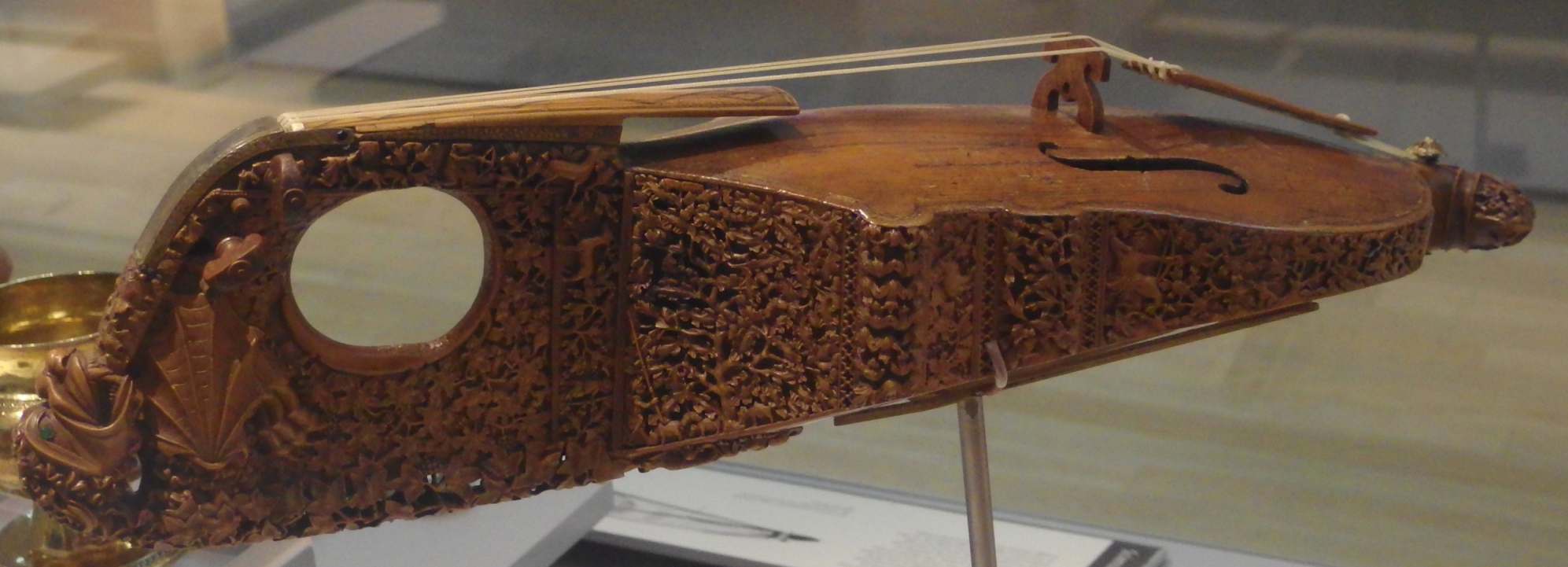
Right: A miraculous chop of meat is hung at Mary’s altar in a miniature decorating Cantiga 159.
What do an animated chop of meat, a man who wouldn’t hang, a talking sheep, a flying chair, a life-saving chemise, and a shoe that heals by being rubbed on the face have in common? They all appear in the pilgrimage songs of the 13th century Iberian songbook, Cantigas de Santa Maria (Songs of Holy Mary). This is one of the most important collections of medieval music, and certainly one of the largest, with 420 songs, illustrated with vibrant illuminations of the songs and court musicians.
In these songs there are constant references to pilgrimage, reflecting its importance in medieval Christianity generally. Pilgrimage represents the utter dependence of believers on divine favour for their physical health, their emotional dependence on divine approval, and their dependence on heaven’s judgement for their eternal fate. Holy relics, which proliferated in the period prior to the Cantigas, play a talisman-like role and bring all three themes together.
This article, the fourth in a series of six about the Cantigas, explores the many pilgrimage themes in the Cantigas, beginning with a live performance of Cantiga 159, featuring an animated pork chop.
